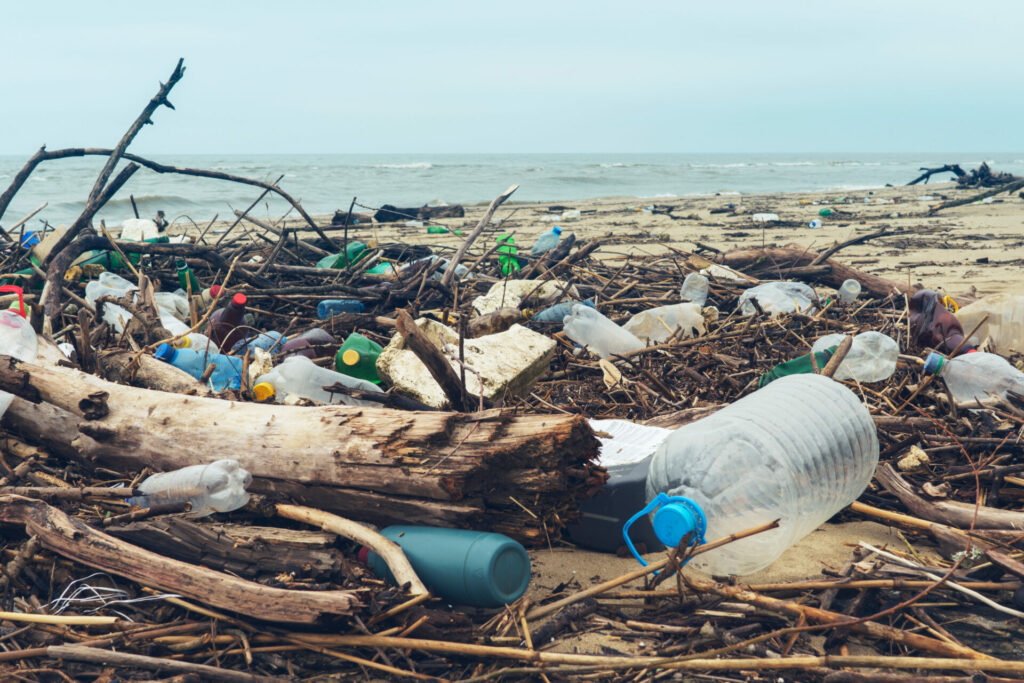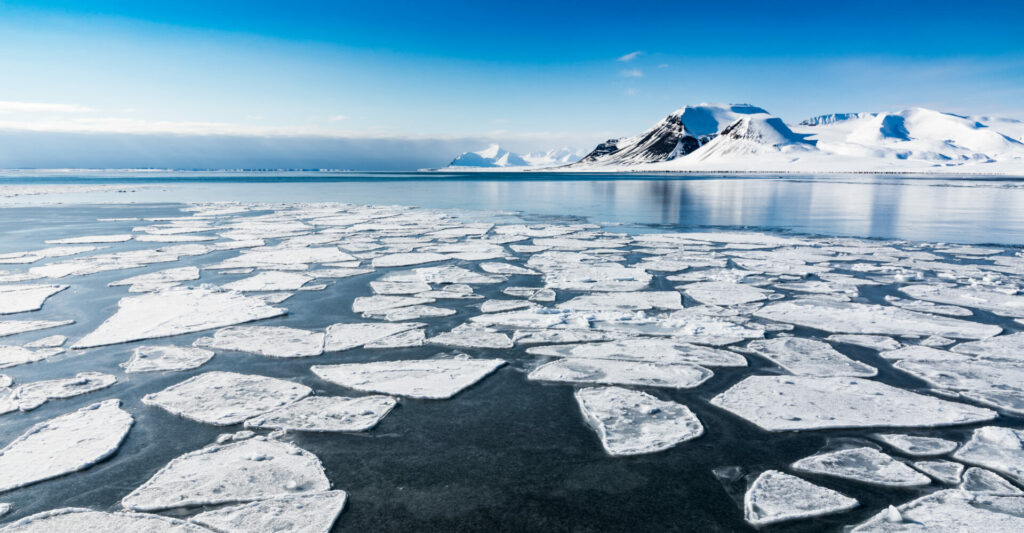The UAE’s solar powered lunar Rashid rover is scheduled to land on the Moon on April 25 at 8:40 pm local time (GMT +4), it has been revealed.
The Rashid Rover, built by an Emirati team at the Mohammed Bin Rashid Space Centre (MBRSC) has spent over four months in space since its launch in December 2022.

The rover is being transported by a Japanese-built HAKUTO-R Mission 1 Luna Lander which will perform multiple orbital manoeuvres to reach a 100km circular orbit around the Moon, one hour before the landing sequence commences.
The UAE will become the first Arab country to land on the lunar surface after the US, Soviet Union and China
‘During the landing sequence, the lander will perform a braking burn, firing its main propulsion system to decelerate from orbit,’ a mission spokesperson said. ‘Utilising a series of pre-set commands, the lander will adjust its altitude and reduce velocity to make a soft landing on the confirmed site of Atlas Crater in the Mare Frigoris (Sea of Cold).’
Moon Landing
Before the unmanned moon landing, the team will prepare by participating in 12 simulated rehearsals at the ground stations, with Mission Control in Dubai. Alternate landing opportunities are set for April 26, May 1 and May 3.
The UAE will become the first Arab country to land on the lunar surface after the US, Soviet Union (as it was then), and China.

The rover – named after the late Sheikh Rashid bin Saeed Al Maktoum – was sent to space from Cape Canaveral Space Force Station in Florida in a SpaceX Falcon 9 rocket.
Weighing only 10kg with payload and measuring almost the same as an aircraft carry-on luggage – the rover is the most compact vehicle to ever explore the Moon’s surface
The main aim of the mission is to provide information about Moon dust, the lunar surface, mobility in low gravity, and surface conditions. The explorer probe will also send back images and collect data on lunar soil and dust once it reaches the lunar surface.
The outer rims of this rover’s four wheels incorporate small sample panels to test how differing materials cope with the abrasive lunar surface, designed by the European Space Agency.
‘The invitation to contribute to the Rashid rover’s wheel-based Material Adhesion and Abrasion Detection experiment was an offer we couldn’t refuse,’ said Aidan Cowley of ESA’s ExPeRT (Exploration Preparation, Research and Technology) team, which is tasked with developing new technologies for human lunar and planetary exploration, based at the European Astronaut Centre in Germany.
Touching The Moon
‘This is a chance to touch the Moon for real, to see how material technologies that we have already been working on behave in the actual lunar environment. So we will see how they interact with the regolith (solid material and dust which covers the rock of a planetary body) as the wheels make contact with the surface, as well as enduring wider lunar conditions.’
The vehicle is equipped with one high resolution camera on its front mast and another mounted on its rear, as well as a microscopic camera and thermal imaging camera. It also carries a ‘Langmuir probe’ to sample plasma radiation from the Sun, which is present above the lunar surface.
Weighing only 10kg with payload and measuring 70cm in height, and 50cm in both length and width, Rashid Rover – which is almost the same size as an aircraft passenger’s regular carry-on luggage – is designed as the most compact vehicle to ever traverse and explore the Moon’s surface.









